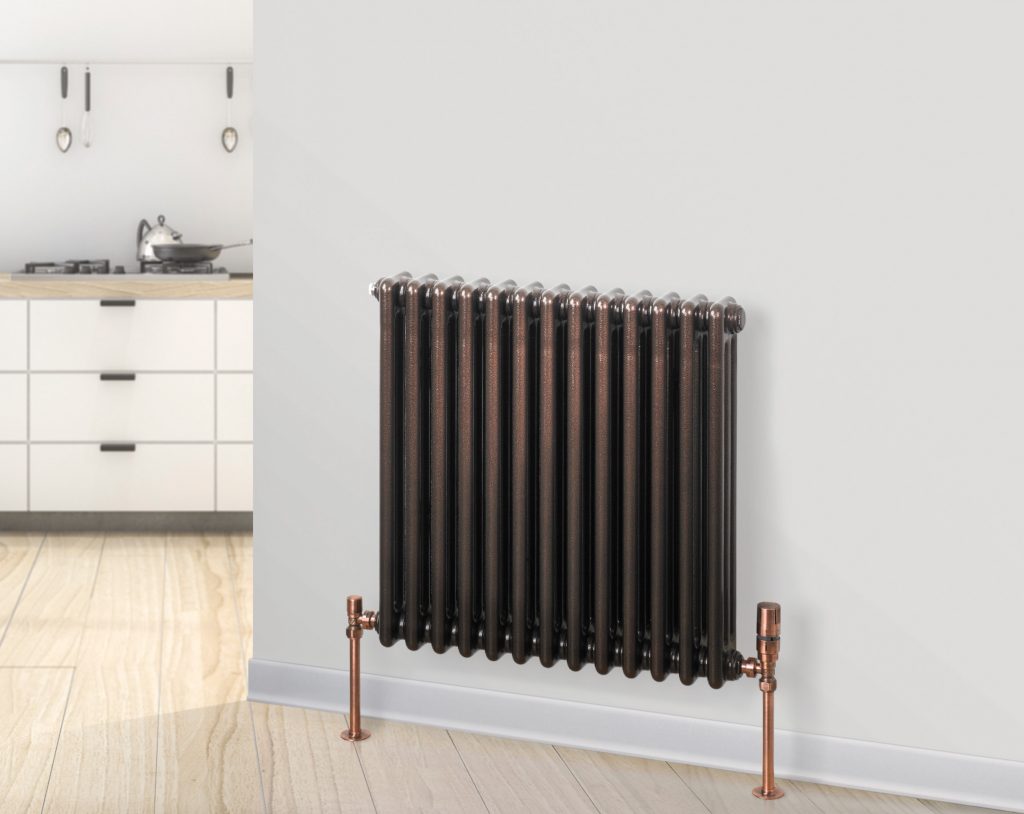Radiators as a feature of focal warming frameworks move warmth or nuclear power, for the most part from warmed water or gas to air, for the motivations behind warming living spaces. The term radiator is not stringently precise as they do not move energy by warm radiation but instead by convection. Regardless we call them however; their significance to us depends on how well they can warm the spaces we live in. Radiators flow liquid through segments or pipes and have columns to expand their surface region to take into consideration the dispersion of warmth.

Cast iron radiators are comprised of segments joined by strung areolas and each part thus is separated into columns. These columns can change in number and incorporate 4 and 9 column cast iron radiators. The assembling of the 4 column cast iron radiators as an Ideal Standard happened in the United Kingdom until the 1970’s and is thusly the well on the way to be found in more seasoned structures. They are frequently liked by engineers and customers needing to utilize conventional cast iron radiators since they give the retro feel but at the same time are conservative. The time frame going before the 1970’s likewise saw the utilization of 9 column cast iron radiators in spaces where tallness limitation was a factor. For those of you redesigning a period house these radiators add the perfect touch.
Radiator heat yield is estimated in Watts or British Thermal Units (BTUs) and they address exactly the same thing in spite of the fact that they utilize various scales. To change a yield estimation in BTUs over to Watts you should isolate by 3.412. Retailers will for the most part indicate the yield of the column radiators they sell and you should figure out what your warming necessities are before making a buy or counsel a specialist. Ordinarily there is a disparity between the warming prerequisite and the radiator yield so one would have to buy a radiator or radiators that surpass the warming necessity and utilize thermostatic valves to control the temperature.
When buying a radiator you would likewise go over the term delta T. The delta (Δ) T esteem demonstrates the distinction in temperature between the water circling in the focal warming framework and the temperature of the environmental factors otherwise called the surrounding temperature. The temperature of the focal warming framework running in your home is for the most part around 80°C, while you might by and large want to warm your home to around 20°C. Computation of the Delta T worth would accordingly be 80-20 = 60. In the United Kingdom yields are normally displayed at working temperatures utilizing delta T60.
